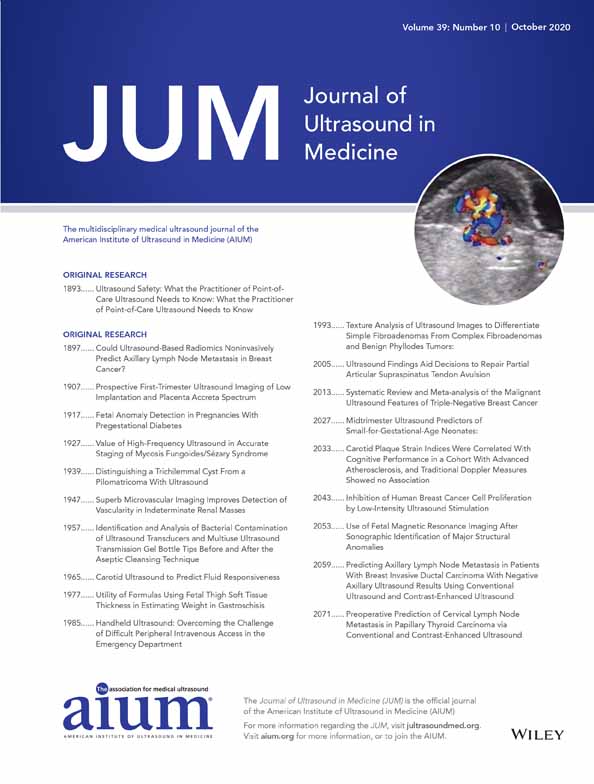Fetal Anomaly Detection in Pregnancies With Pregestational Diabetes
Abstract
Objectives
To evaluate fetal anomaly detection in pregnancies with pregestational diabetes, according to the gestational age at the time of specialized sonography, use of follow-up sonography, maternal body mass index, and organ system(s) involved.
Methods
Women with pregestational diabetes who received prenatal care and delivered a live-born or stillborn neonate at our hospital from October 2011 through April 2017 were ascertained. We included all pregnancies with at least 1 confirmed structural anomaly (EUROCAT classification) who had detailed sonography at 18 weeks’ gestation or later. We analyzed detection of anomalous fetuses at the initial detailed sonogram and, if no abnormality was identified, during any follow-up sonograms. Statistical analyses were performed with the χ2 test and Mantel-Haenszel χ2 test for trend.
Results
Seventy-two anomalous neonates (72 of 1060 [6.8%]) were born. Overall detection was 55 of 72 (76%); 49 of 72 (68%) were detected at the initial detailed sonogram, compared to 6 of 15 (40%) of follow-up examinations (P = .04). Recognition at the initial or follow-up examination was not dependent on gestational age or body mass index category (all P > .05). Of individual organ system anomalies, 67 of 89 (75%) were identified. Detection exceeded 85% for central nervous system, genitourinary, and musculoskeletal abnormalities and 43% for craniofacial anomalies. Sixty-five percent of cardiac anomalies were detected, and 14 of 17 (82%) requiring specialized care in the immediate neonatal period were recognized.
Conclusions
Approximately three-fourths of anomalous fetuses were identified, with greater detection at the initial detailed examination. Fetuses with central nervous system, genitourinary, musculoskeletal abnormalities and those with cardiac anomalies requiring specialized cardiac care were more likely to come to attention.




